This week’s victory for newly elected NSW RSL president James Brown disproved the enduring adage that old age and cunning will always overcome youth and inexperience.
The young Turks have convincingly routed the entrenched old brigade, and not before time.
Brown has been unfairly targeted because his father-in-law happens to be the prime minister.
That’s not to suggest he hasn’t been well advised on political strategy and struck accordingly.
The man he defeated for the role, John Haines, is a Labor-aligned former Parramatta mayor.
Conventional political allegiance has absolutely no place in internal RSL machinations, because the organisation prides itself on its political neutrality.
Internal politics are an entirely different matter.
The men and later women who returned from World War I jealously protected their status by refusing membership to those who did not serve outside Australia.
They became a powerful lobby for veterans’ rights and entitlements and were unafraid to tackle governments of all persuasions to achieve their ends.
Like the community from whence they came, RSL members reflected the differing political views of that community with one notable exception.
As an organisation the RSL was fiercely anti-communist.
Many in the ex-service community were drawn in the early 1930s to the New Guard, a body which claimed it stood for “unswerving loyalty to the Throne; all for the British Empire; sane and honourable government throughout Australia; suppression of any disloyal and immoral elements in government, industrial and social circles; abolition of machine politics; and maintenance of the full liberty of the individual”.
The movement was strongest in NSW and Sydney-centric and unfairly reflected on the political allegiances of the wider ex-service community.
On one thing they remained unanimous; RSL membership should only be accessible to returned men and women.
During World War II even those who defended Darwin were denied membership for many years.
In 1944 disaffected service veterans formed their own competing organisation, The Legion of Ex-Servicemen and Women, which offered more accepting membership criteria.
This suited the Curtin/Chifley governments who were happy to divide and conquer the returning veteran community and stifle the RSL’s powerful voice, particularly those they regarded as right wing and politically hostile.
The RSL regained some of its muscle during the Cold War when its staunch anti-communist stance struck a chord with Sir Robert Menzies’ similar sentiments and political tactics.
Powerful national leaders like presidents Arthur Lee, Bill Hall and Bill Keys were equally unafraid of federal politicians of any persuasion, particularly those who were also returned veterans.
They argued fiercely for veterans’ rights.
The Australian Veterans and Defence Services Council formed in 1971 at the suggestion of the then Coalition Minister for Repatriation, R. M. Holten, was intended to be an umbrella organisation of national ex-service associations.
If the intent was “strength in unity” it had the opposite effect because from the beginning the RSL refused to participate, fearing cooperation with this organisation might diminish its then powerful independence.
Relationships between the leaderships of these two organisations were at times toxic.
The RSL counter attacked with a Kindred Organisations proposal, though without success.
In 1983 Bob Hawke appointed World War II New Guinea veteran Arthur Gietzelt Minister for Veterans Affairs.
Gietzelt has since been outed as a clandestine but active member of the Communist Party of Australia throughout his political life, including the four years spent as veterans’ minister.
As such he would have done whatever he could to thwart the RSL’s influence and its staunch anti-communist stance.
Gietzelt directed DVA to favour AVADSC over the RSL, turning what had been intended as a ‘strength in unity’ initiative into a ‘divide and conquer’ campaign.
Gietzelt’s successor as minister Ben Humphreys continued this tactic, particularly because he clashed with the then brash and outspoken RSL national president Brigadier Alf Garland.
These events coincided with bitter battles between World War II and Vietnam veterans over future control of the RSL.
Successive governments have been happy to divide and conquer the wider veteran community, as it remained rent by internal divisions, particularly within what should have been its peak representative body, the RSL.
The RSL, facing death by atrophy, finally relented to open its membership to all who had served.
A plethora of ex service organisations, perhaps more than 300 now vie for government influence.
More importantly, they all compete for the limited government funding available to address veterans’ needs.
Most shun the RSL which they believe has lost both direction and influence.
The RSL brand has been further damaged by recent allegations of impropriety in three states, most notably NSW where the government has directed a formal enquiry into the financial management of RSL controlled entities.
The NSW government timing was impeccable, on the cusp of that state’s annual RSL congress in Albury on May 23-24.
They defiantly refused to do so and the NSW membership made its feelings known, voting for a broad sweep of board positions.
James Brown now faces a herculean task to restore the RSL reputation in NSW, to attract younger veterans into it and to unite the multiple ESO into a single, powerful voice.
Other state branches, governed by separate legislation need to do the same.
All veterans need to understand their enemies are not necessarily within their ranks.
The greatest threat to achieving their stated outcomes is external, governments and their bureaucracies.
That is not to underestimate the internal threat to the organisation’s future existence.
Veterans need to understand strength is in unity, disunity is death.
To survive and grow the RSL has to change.
That change has to be individual, collective, generational and organisational.
Most importantly the RSL needs to remember victory depends on team cohesion, as it always has.
Ross Eastgate blogs at http://targetsdown.blogspot.com.au/.
Got something to add? Join the discussion and comment below.
Got something to add? Join the discussion and comment below.
Get 10 issues for just $10
Subscribe to The Spectator Australia today for the next 10 magazine issues, plus full online access, for just $10.

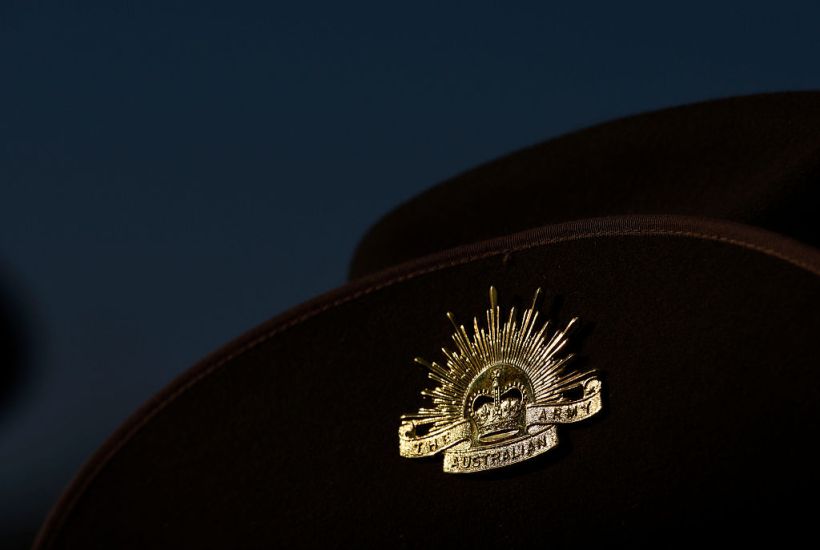

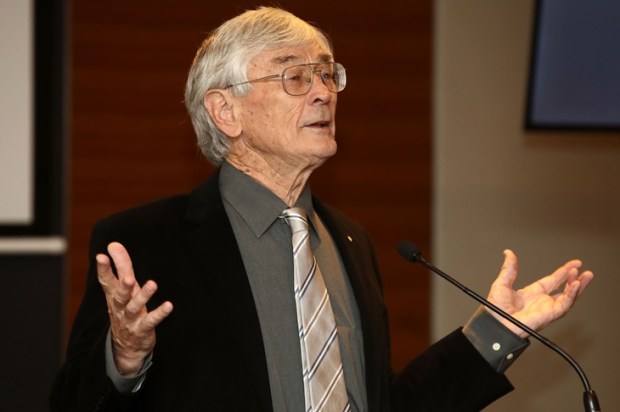
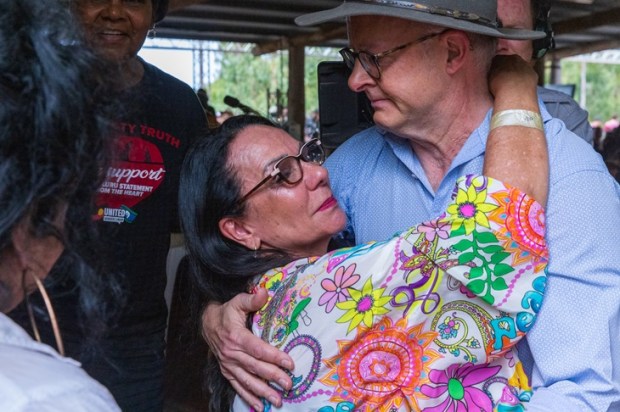
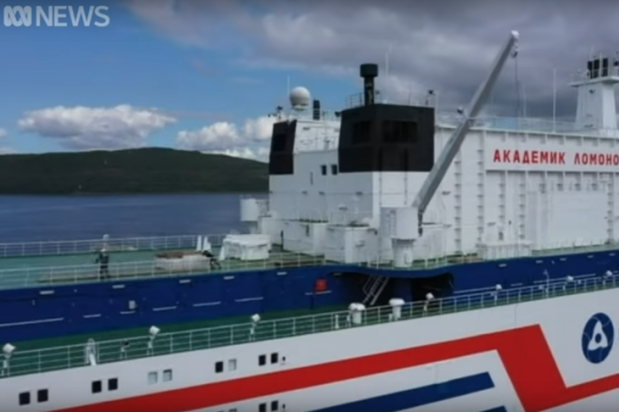
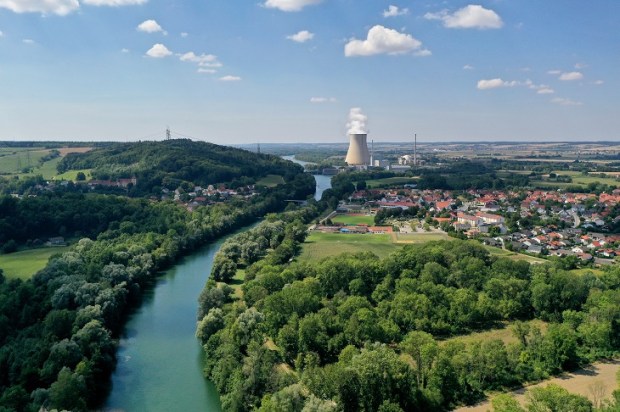



















Comments
Don't miss out
Join the conversation with other Spectator Australia readers. Subscribe to leave a comment.
SUBSCRIBEAlready a subscriber? Log in